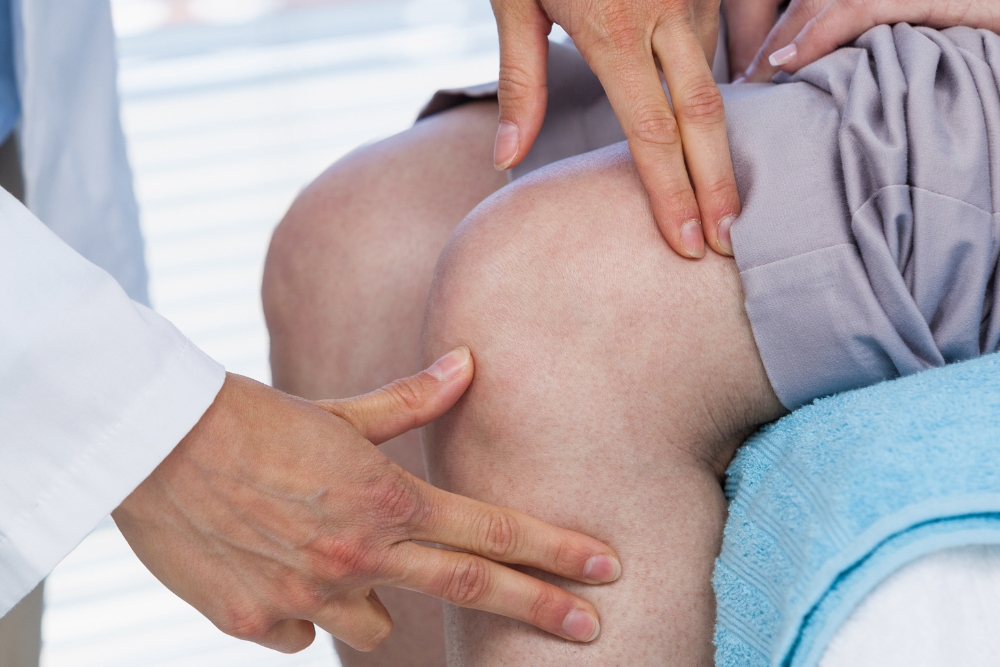Understanding Hip Pain: Causes, Symptoms, and Treatment Options
Hip pain can significantly impact daily life, affecting mobility and quality of life for many individuals. This complex joint condition can stem from various causes, ranging from acute injuries to chronic conditions, making proper diagnosis and treatment essential for effective management. Understanding the underlying causes and available treatment options is crucial for patients seeking relief.

Recognizing Hip Pain Symptoms
Patients experiencing hip pain may notice various symptoms, including:
-
Dull or sharp pain in the hip joint
-
Stiffness and reduced range of motion
-
Pain that worsens with activity
-
Difficulty walking or climbing stairs
-
Groin pain or discomfort
These symptoms can vary in intensity and may indicate different conditions, making proper medical assessment essential for accurate diagnosis.
When to Seek Medical Care
Consulting a doctor is necessary when hip pain persists for more than a few days or interferes with daily activities. Immediate medical attention may be required if you experience:
-
Severe pain following an injury
-
Inability to bear weight on the affected leg
-
Signs of infection such as fever
-
Visible deformity of the hip
Healthcare providers can perform physical examinations and necessary imaging tests to determine the appropriate course of treatment.
Treatment Options and Management
Treatment approaches vary depending on the underlying cause and severity of hip pain. Conservative treatments often include:
-
Physical therapy exercises
-
Pain medication and anti-inflammatory drugs
-
Activity modification
-
Weight management
In more severe cases, surgery might be necessary. A hospital specialist can help determine if surgical intervention is appropriate for your condition.
Surgical Interventions for Hip Pain
When conservative treatments fail to provide relief, surgical options may be considered. Common procedures include:
-
Hip arthroscopy for labral repairs
-
Partial hip replacement
-
Total hip replacement surgery
The choice of surgical procedure depends on factors such as the patient’s age, activity level, and overall health condition.
Rehabilitation and Recovery
Following treatment or surgery, rehabilitation plays a crucial role in recovery. Patient commitment to physical therapy and following medical advice is essential for optimal outcomes. Recovery timelines vary, but most patients can expect:
-
Gradual return to activities
-
Structured exercise programs
-
Regular follow-up appointments with healthcare providers
-
Modified activity recommendations during healing
This article is for informational purposes only and should not be considered medical advice. Please consult a qualified healthcare professional for personalized guidance and treatment.






